Classic car owners, take a breath. You’ve likely seen the headlines about the DVLA issuing an “urgent warning” and a major “shake-up” to the rules. While it sounds alarming, the reality is a positive and long-overdue update to the DVLA classic car rules that will benefit enthusiasts across the UK. For years, the fear of losing an original registration number over minor restorations have haunted the community. This reform, effective from August 2025, is designed to cut through the red tape, making it easier to preserve, restore, and even modernize your cherished historic vehicle. This is a significant moment, and understanding the new DVLA classic car rules is key to protecting your car’s heritage and value.
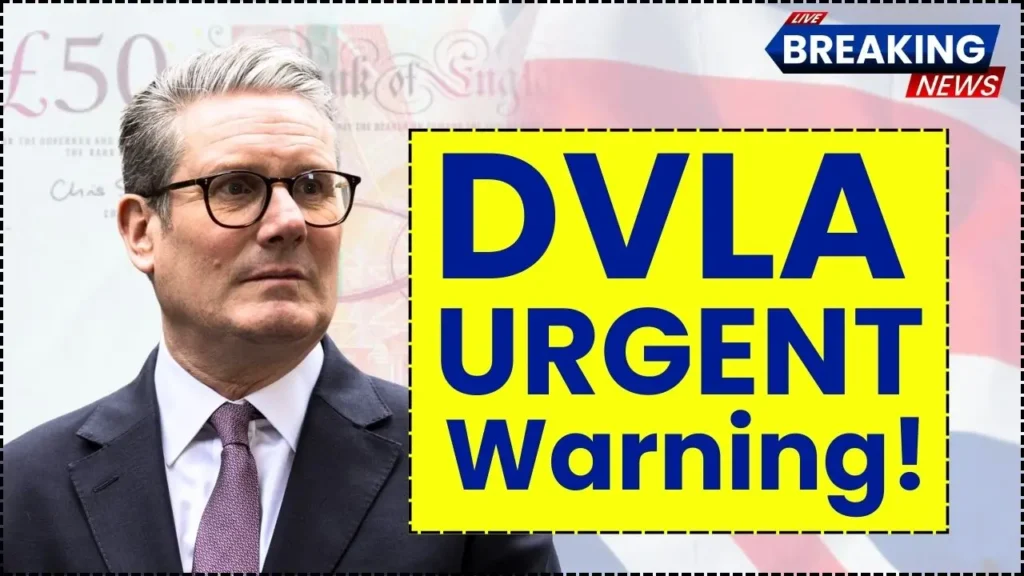
For the first time in over 40 years, the regulations governing classic car registrations are getting a complete overhaul. The old system was notoriously confusing and often punished owners for carrying out high-quality restorations, with the dreaded “Q-plate” looming over any significant work. These new DVLA classic car rules are the result of extensive consultation with owners and industry experts who demanded a more sensible approach. The core principle is simple: to help you preserve the history and identity of your vehicle. Whether you’re performing a like-for-like restoration, undertaking a “restomod” project, or converting to electric power, these changes are designed to support you, not penalize you.
DVLA Issues URGENT Warning
| Aspect | Details |
|---|---|
| Effective Date | Tuesday, 26 August 2025 |
| Key Changes | Like-for-like repairs and restorations no longer need to be reported to the DVLA, as long as the vehicle’s appearance and V5C log book details remain unchanged. |
| Structural Modifications | Vehicles with significant structural modifications can now retain their original Vehicle Identification Number (VIN) and registration number, provided the DVLA is notified of the changes. |
| Electric Conversions | Classic cars converted to electric power are also permitted to keep their original identity after the owner notifies the DVLA of the conversion. |
| Reason for Change | To modernize outdated policies, reduce administrative burdens, and make processes easier for classic car enthusiasts and restorers. |
| Community Feedback | The changes were developed in response to a government “Call for Evidence” which received more than 1,350 responses from owners, clubs, and industry experts. |
| Industry Impact | The new rules support the UK’s historic vehicle industry, a sector that supports over 100,000 jobs and contributes significantly to the economy. |
A Detailed Look at the New DVLA Rules
So, what exactly is changing? The updated policies introduce three transformative adjustments that directly address the main frustrations of classic car owners and restorers. These new DVLA classic car rules are a game-changer.
Repairs and Restorations Made Easy
Here’s the best news for purists. One of the most significant updates is that you will no longer need to notify the DVLA about like-for-like repairs and restorations. This welcome change applies as long as your vehicle’s appearance remains consistent with how it was originally manufactured and no details on the V5C logbook are altered. This means essential preservation work, like replacing a rusted subframe with an identical part, will no longer get tangled in bureaucratic processes or risk your car’s identity. It’s a common-sense update to the DVLA classic car rules that trusts owners to carry out proper maintenance.
Modified Cars Keep Their Identity
Are you a fan of “restomodding”? This update is for you. Enthusiasts who enjoy modifying their classic cars for improved performance or aesthetics can now do so without fear of losing their original registration number. Under the new rules, vehicles that undergo significant structural modifications can keep their original VIN and registration number, a key part of the historic vehicle registration UK process. The only requirement is that the registered keeper must inform the DVLA about the changes. This allows you to enhance your vehicle while preserving the all-important original identity.
Electric Conversions Get the Green Light
Reflecting a growing trend, the DVLA has also simplified the DVLA classic car rules for electric vehicle (EV) conversions. If you choose to replace a traditional combustion engine with an electric powertrain, you can do so without forfeiting your car’s original identity. Just like with major modifications, you simply need to notify the DVLA of the change to keep records up to date. This forward-thinking policy embraces modernization while respecting the heritage of classic vehicles.
Why Were These Changes Necessary?
The previous regulations, dating back to the 1980s, were simply not fit for the modern classic car landscape. Owners and restoration businesses faced a slow and often arbitrary system that could punish them for doing high-quality work. The risk of being issued a Q-plate was a major concern, as it effectively erases a vehicle’s documented history and severely diminishes its value. The government’s “Call for Evidence” in 2024, which received over 1,350 passionate responses, highlighted the widespread need for reform. The old DVLA classic car rules were a barrier to preservation.
A Major Boost for the UK’s Historic Vehicle Industry
This isn’t just about a hobby; it’s about a vital part of the UK economy. The classic car sector supports around 115,000 jobs and contributes roughly £4 billion annually. By cutting red tape and clarifying the DVLA classic car rules, the government is helping protect these jobs and ensuring the industry continues to thrive. As Minister for the Future of Roads, Lilian Greenwood, put it, these changes are about “making life easier for enthusiasts.” This reform provides the stability and clarity needed for owners and businesses to invest in restorations with confidence.
What Classic Car Owners Need to Do
With the new rules starting on August 26, 2025, here’s what you need to remember:
- For like-for-like restorations, no action is needed unless a detail on your V5C log book changes.
- For significant structural modifications or EV conversions, you must notify the DVLA to retain the vehicle’s original registration and VIN.
- It’s always a good idea to document your project with photos and receipts. This can help ensure a smooth process if you ever need to correspond with the DVLA.
While the DVLA classic car rules for registration are being simplified, remember that you are still responsible for ensuring your vehicle is roadworthy, regardless of its MOT or tax exemption status.
£725 Cost-of-Living Payment 2025: Are You Eligible to get it?
FAQs on DVLA Issues URGENT Warning
No. For like-for-like restorations that do not change the vehicle’s appearance or details on the V5C log book, you no longer need to notify the DVLA.
Under the new rules, you can perform significant structural modifications and keep your original registration number. However, you must notify the DVLA of these changes to ensure your records are updated correctly.
Yes. The updated policy allows classic cars converted to electric power to retain their original identity and registration number. You just need to inform the DVLA of the conversion.
The new rules will officially take effect on Tuesday, August 26, 2025.
No. This reform focuses specifically on registration rules for restored and modified vehicles. It does not introduce any new mandatory safety checks or alter the existing criteria for MOT or tax exemptions.





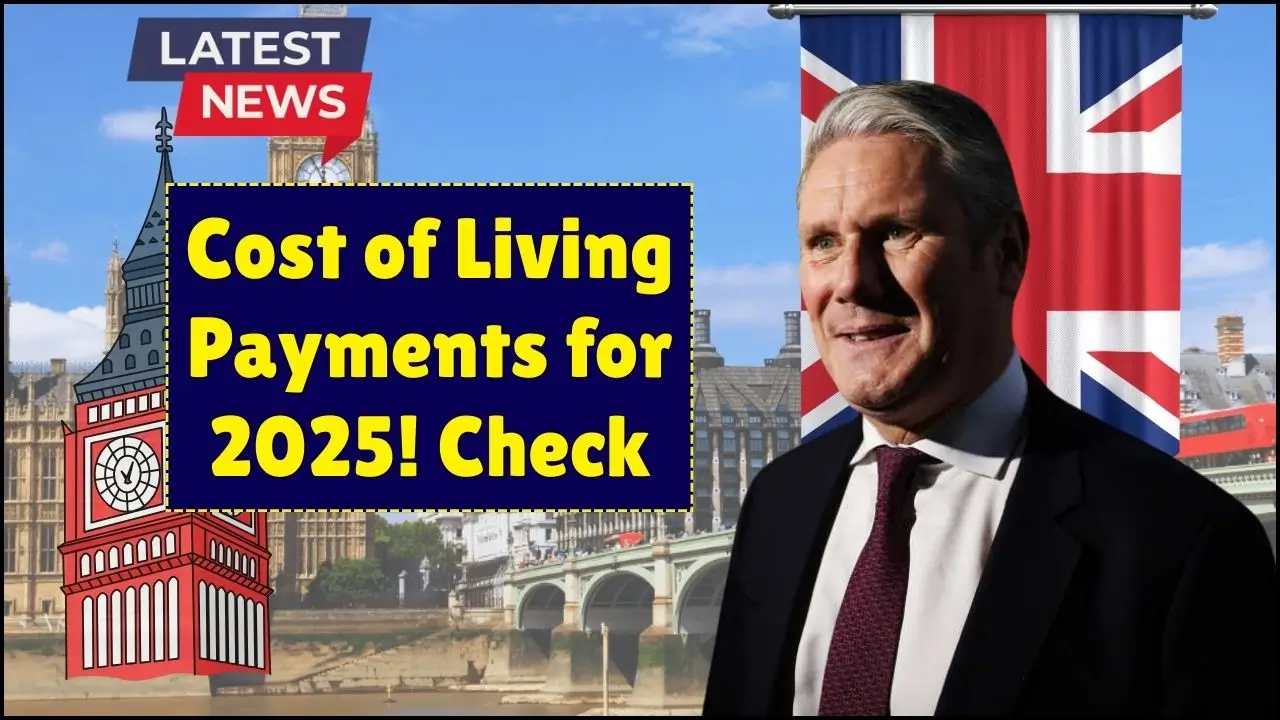

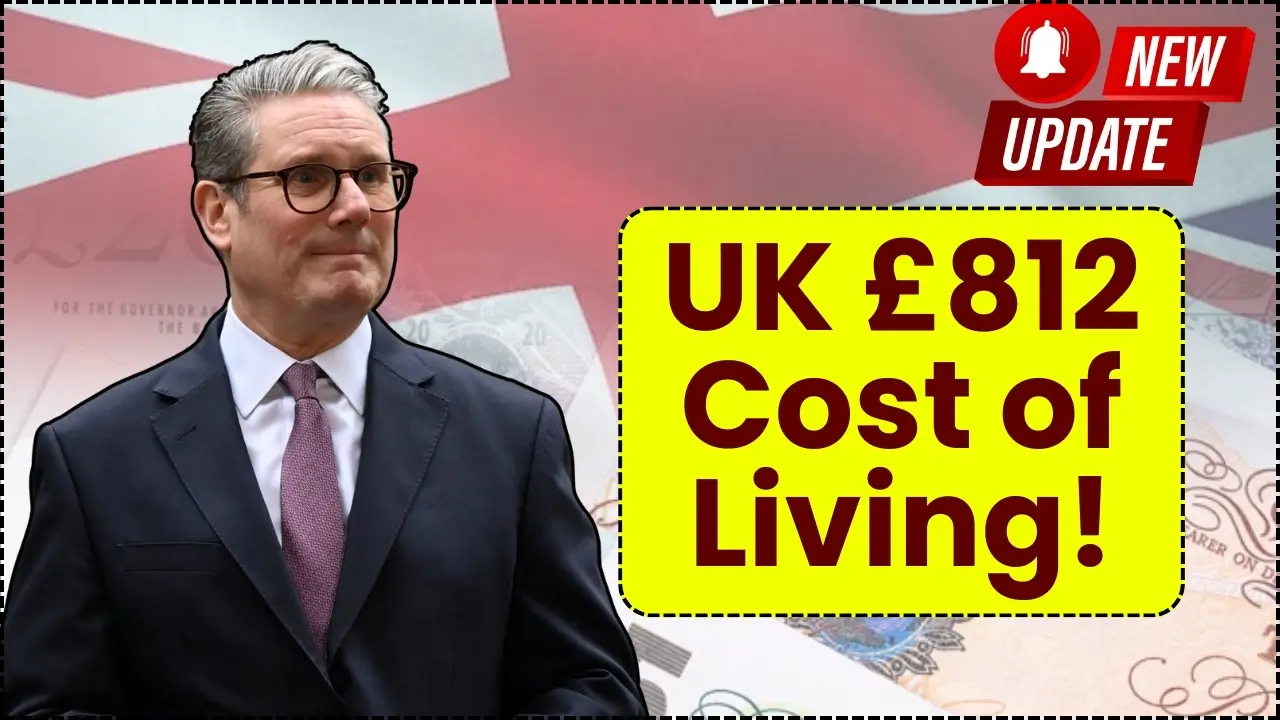

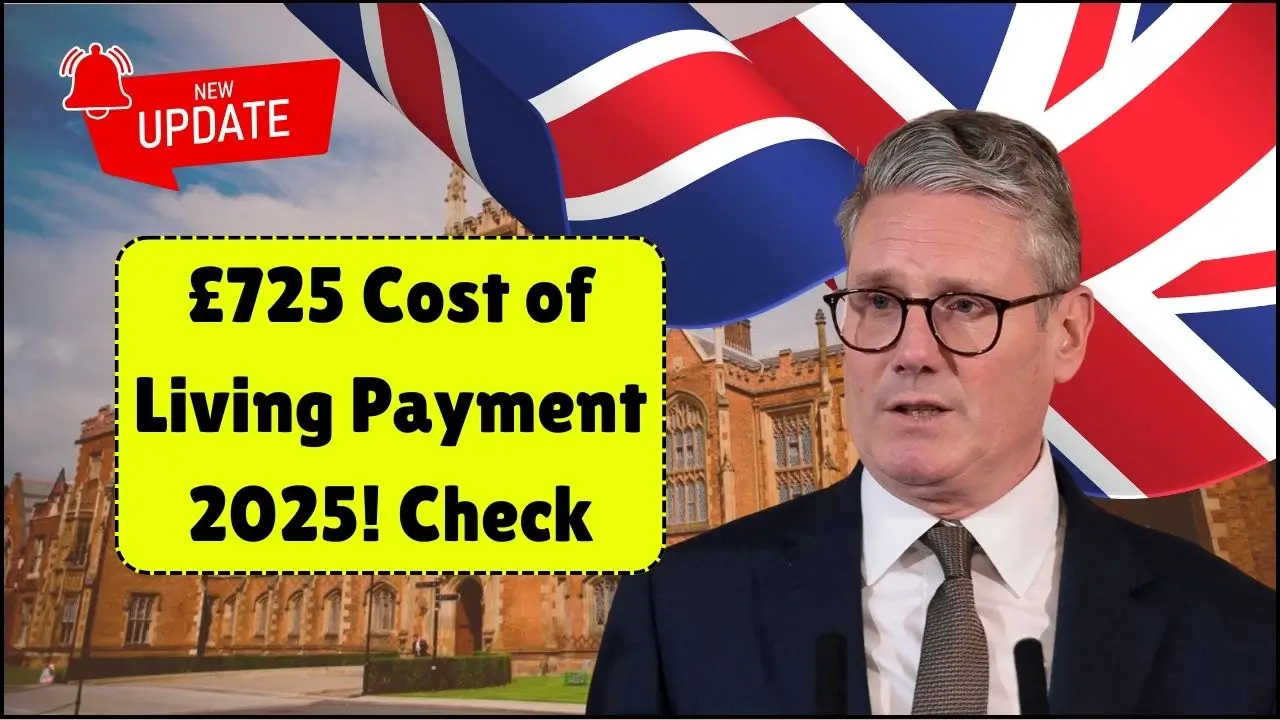
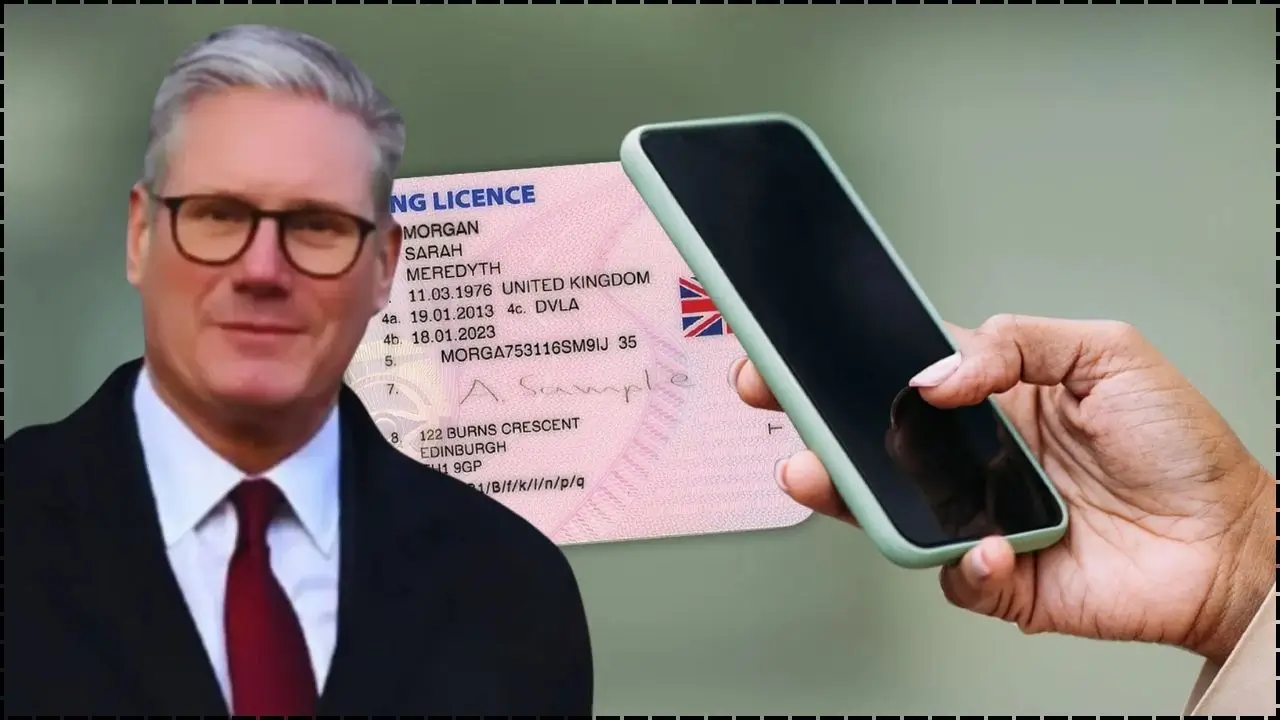


 Claim Here!
Claim Here!